Reflective Writing: Organizational Behavior, Change and Management
VerifiedAdded on 2023/01/13
|5
|815
|65
Journal and Reflective Writing
AI Summary
This reflective writing assignment delves into the complexities of organizational behavior and change management. The author analyzes internal and external forces driving change, exploring models like Lewin's and Kotter's, and discussing resistance to change. The assignment highlights the importance of effective communication, stakeholder involvement, and proper planning in implementing change. The author also explores the impact of change on organizational structure, employee behavior, and the need for adaptability. The document offers insights into managing change effectively, emphasizing the need to reduce resistance and promote a smooth transition for successful organizational outcomes. The author learned how to implement change in an organization to reduce resistance and improve how people adapt to change. This is also useful because understanding how change occurs is helpful in proper implementation to achieve the desired results.
1 out of 5
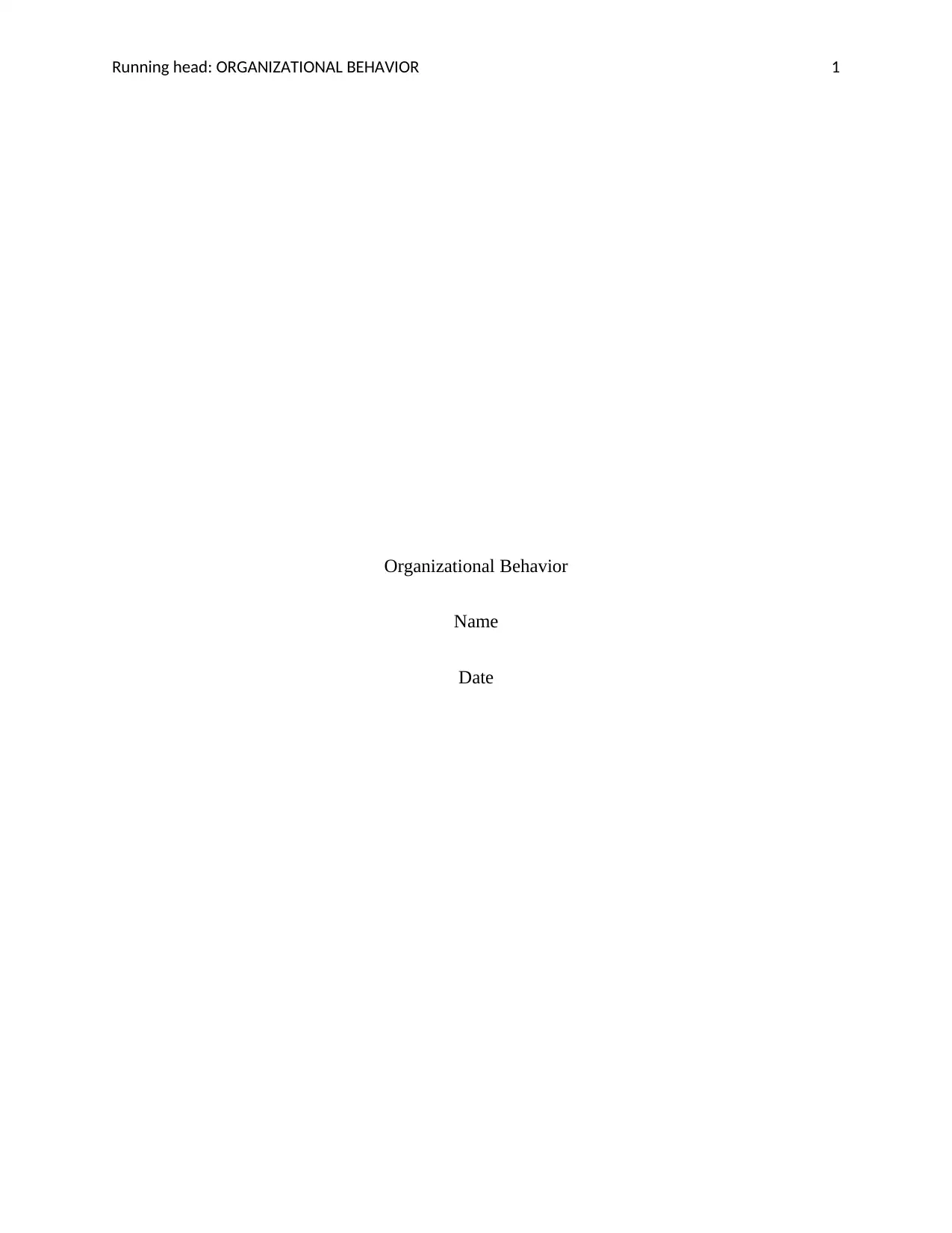
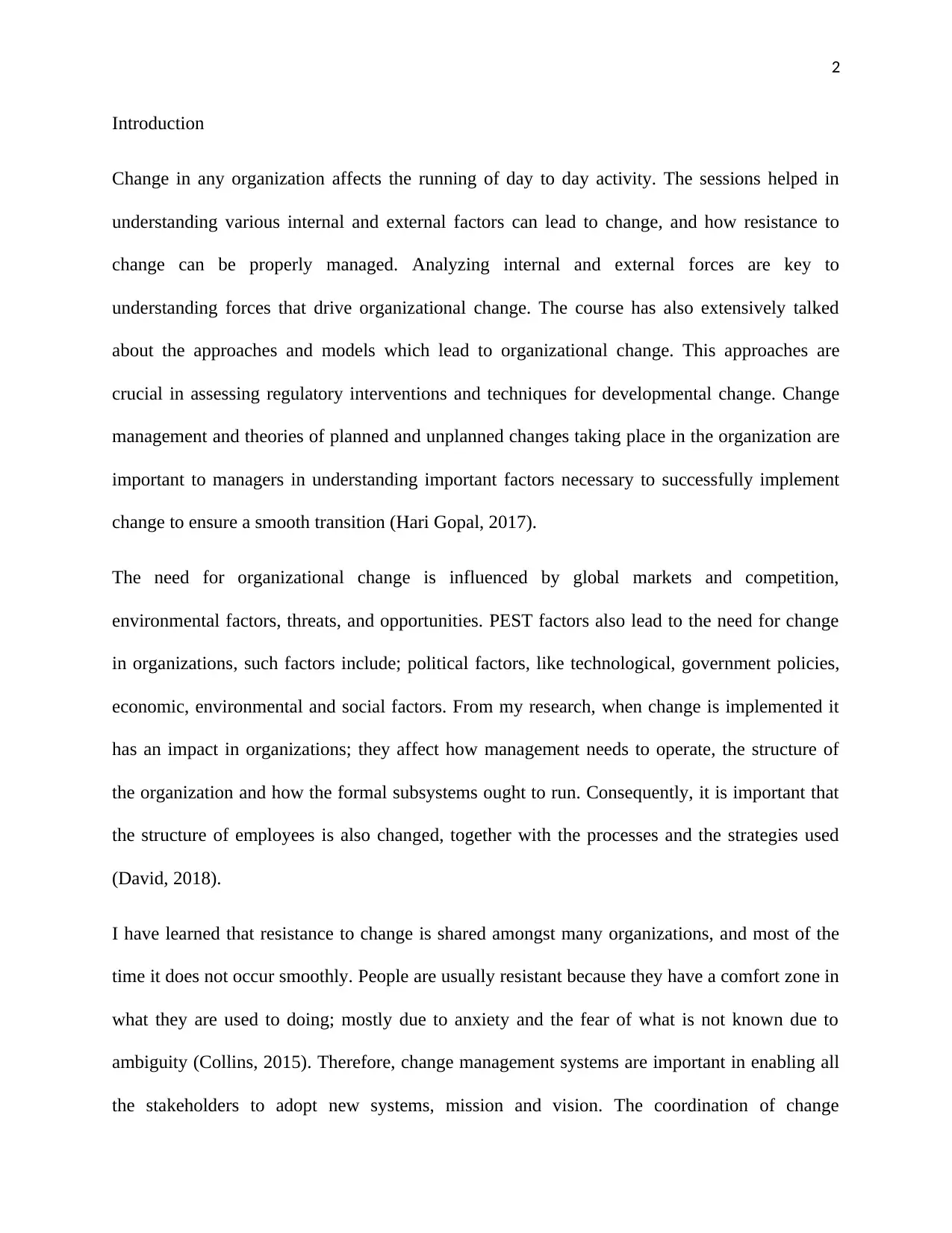
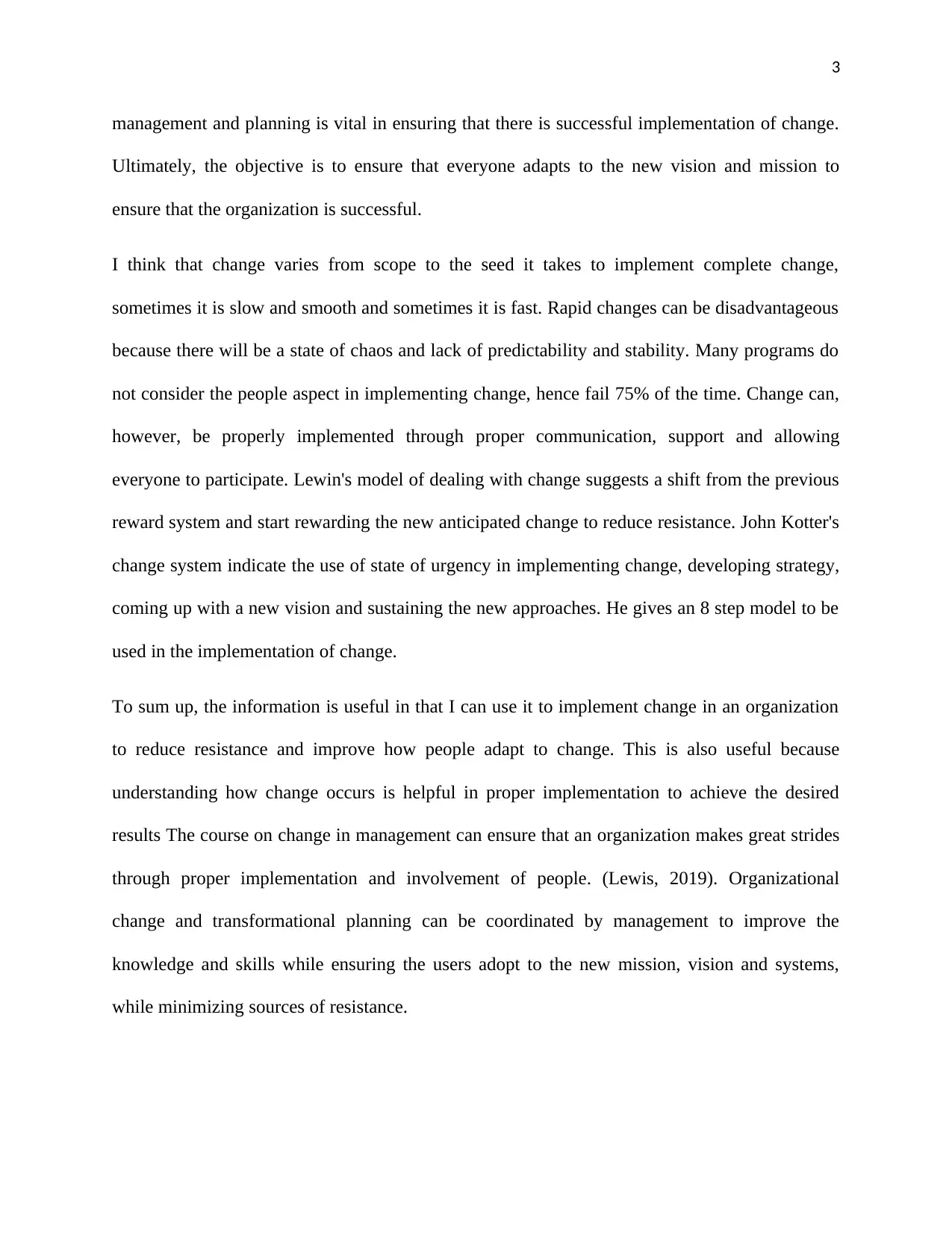

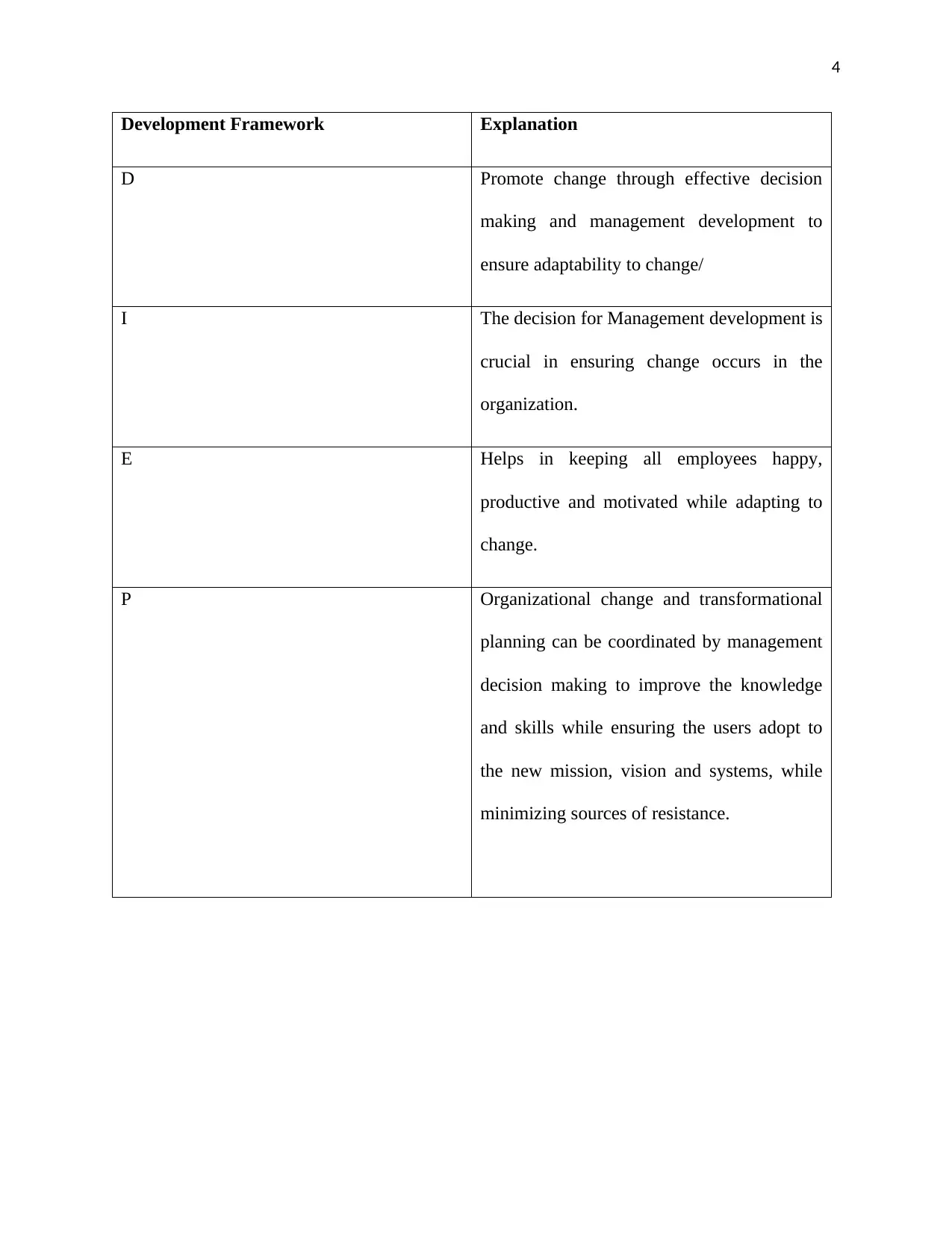
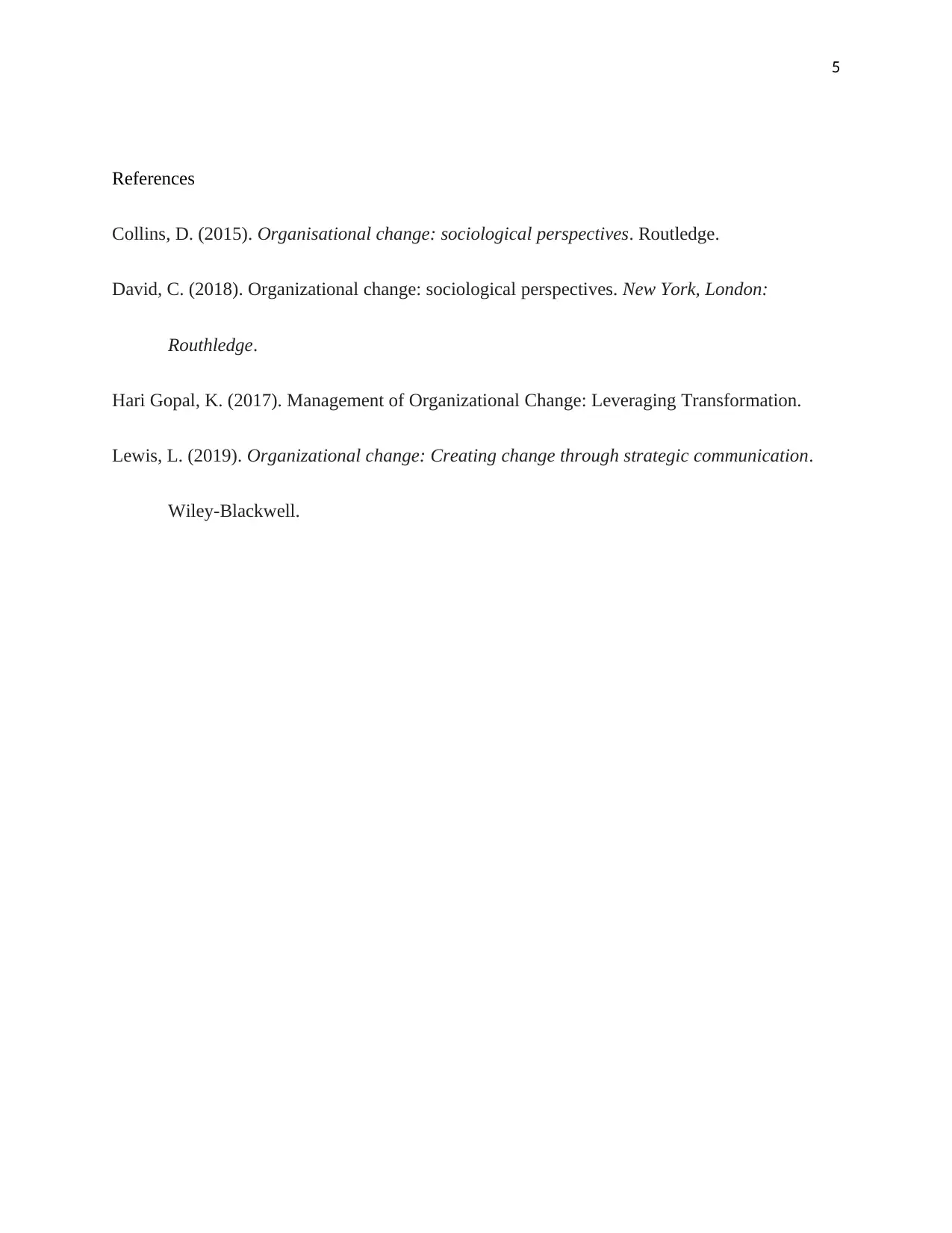






![[object Object]](/_next/static/media/star-bottom.7253800d.svg)